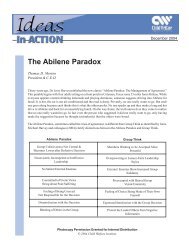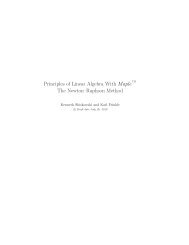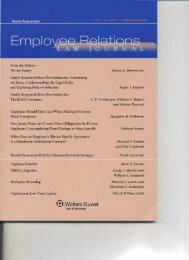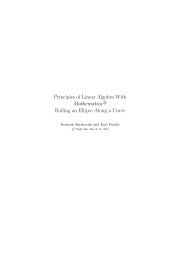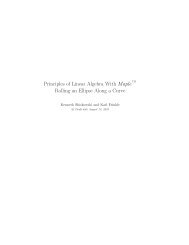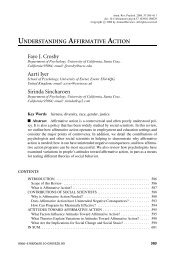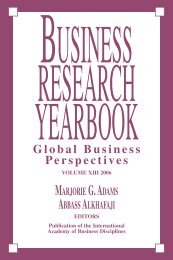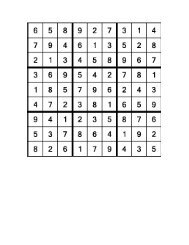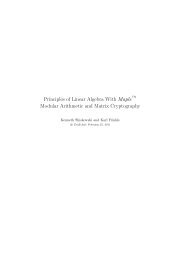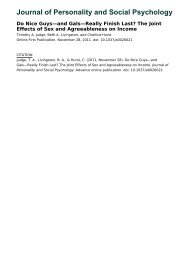www.SE.edu 1-800-435-1327 - Southeastern Oklahoma State ...
www.SE.edu 1-800-435-1327 - Southeastern Oklahoma State ...
www.SE.edu 1-800-435-1327 - Southeastern Oklahoma State ...
You also want an ePaper? Increase the reach of your titles
YUMPU automatically turns print PDFs into web optimized ePapers that Google loves.
Vision<br />
To ensure that students perceive general <strong>edu</strong>cation as<br />
a unified and related curriculum, courses within the general<br />
<strong>edu</strong>cation curriculum should share certain components so that<br />
students clearly recognize common threads woven into the<br />
tapestry of their <strong>edu</strong>cational experience. To that end, every<br />
general <strong>edu</strong>cation course should include a strong communication<br />
component and provide students with active practice in<br />
critical thinking and creative problem solving. In addition, when<br />
practical, a general <strong>edu</strong>cation course should include integration<br />
with other disciplines and provide students with global and<br />
multicultural perspectives.<br />
Goals of General Education<br />
A. Communication Goal: The goal of the<br />
communication component of general <strong>edu</strong>cation<br />
is to enhance the ability of students to effectively<br />
convey and receive information at the college level<br />
of competence.<br />
B. Computer Literacy Goal: The goal of the computer<br />
literacy component of general <strong>edu</strong>cation is to<br />
develop the computer skills of students so that they<br />
may use computers and associated technology for<br />
communicating, researching, organizing, storing,<br />
accessing, and presenting information.<br />
C. Mathematical or Quantitative Reasoning Goal:<br />
The goal of the mathematical or quantitative<br />
reasoning component of general <strong>edu</strong>cation is to<br />
develop the ability of students to understand and<br />
apply mathematical abstraction.<br />
D. Science Reasoning Goal: The goal of the science<br />
reasoning component of general <strong>edu</strong>cation is to<br />
promote scientific literacy in students.<br />
E. Critical Thinking Goal: The goal of the critical<br />
thinking component of general <strong>edu</strong>cation is to<br />
enhance the ability of students to integrate new<br />
information with previously acquired information to<br />
solve novel complex problems.<br />
F. Social and Political Institutions Goal: The goal<br />
of the social and political institutions component of<br />
general <strong>edu</strong>cation is to promote an understanding<br />
of the forces that have influenced the development<br />
of social, governmental, political, and/or economic<br />
institutions.<br />
G. Wellness Goal: The goal of the wellness<br />
component of general <strong>edu</strong>cation is to improve the<br />
ability of students to recognize the factors that<br />
promote healthy lifestyles.<br />
Academic Information 47<br />
H. Humanities Goal: The goal of the humanities<br />
component of general <strong>edu</strong>cation is to enhance the<br />
awareness of students of the cultural heritage of<br />
humans.<br />
I. Fine Arts Goal: The goal of the fine arts component<br />
of general <strong>edu</strong>cation is to enhance the appreciation<br />
and understanding of the nature and value of the<br />
fine arts.<br />
J. Ethics and Values Goal: The goal of the ethics<br />
and values component of general <strong>edu</strong>cation is to<br />
promote an understanding of ethical issues implicit<br />
in their personal behavior and in the operation of<br />
political, social, and economic institutions.<br />
Learning Outcomes by Goal<br />
A. Communication Goal--students will demonstrate<br />
the ability to:<br />
1. communicate ideas clearly and effectively using<br />
Standard Written English.<br />
2. communicate ideas clearly and effectively orally<br />
using Standard English.<br />
3. engage in writing as a process of critiquing,<br />
revising, and editing.<br />
4. critically read a passage to gather information<br />
and develop an appropriate reaction to the<br />
content.<br />
5. critically listen to oral communication to gather<br />
information and develop an appropriate reaction<br />
to the content.<br />
6. communicate at a novice level in oral and written<br />
form in a language other than English.<br />
B. Computer Literacy Goal--students will demonstrate<br />
the ability to:<br />
1. use contemporary word processing software to<br />
create a document.<br />
2. use contemporary presentation software to<br />
make an oral presentation.<br />
3. use contemporary spreadsheet software to<br />
organize, manipulate, and present numeric data.<br />
4. use the Internet and e-mail to retrieve and<br />
communicate information.<br />
5. develop strategies to address questions by<br />
searching and retrieving information available<br />
electronically.<br />
6. recognize unethical and illegal use of technology<br />
including copyright and privacy issues.<br />
C. Mathematical or Quantitative Reasoning Goal-students<br />
will demonstrate the ability to:<br />
1. solve problems using the principles of algebra or<br />
symbolic logic.<br />
2. apply mathematical reasoning to analyze and<br />
interpret quantitative information.<br />
3. use and interpret mathematical formulas.



